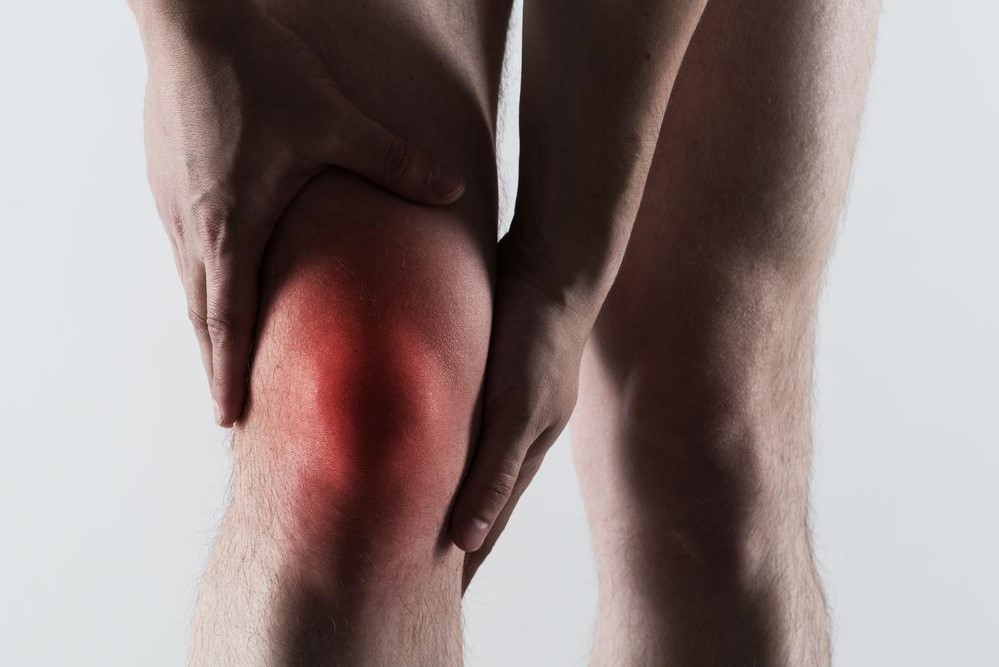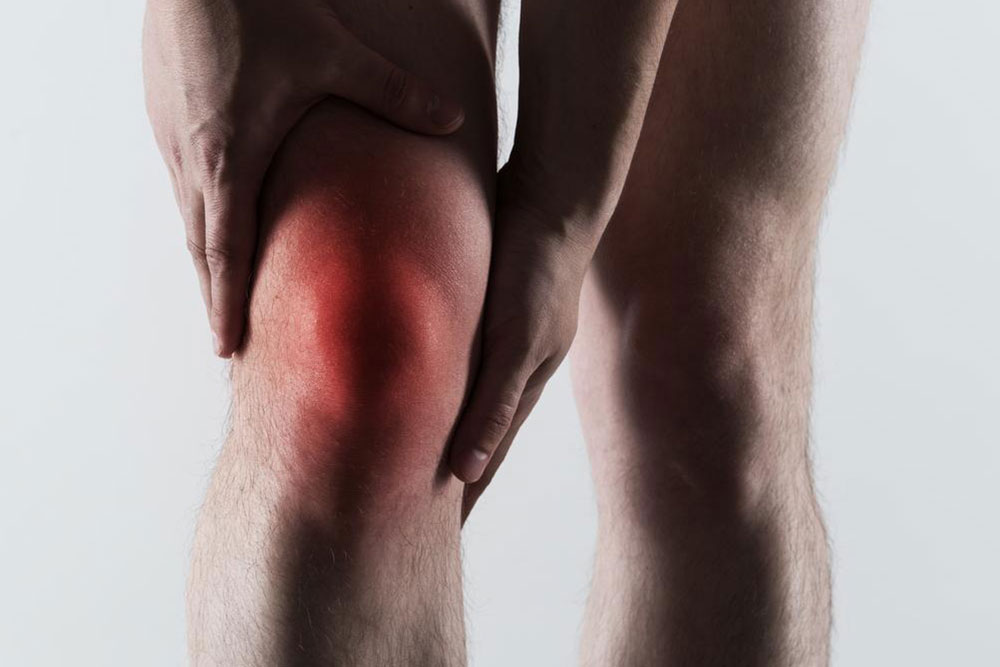Comprehensive Guide to Understanding Gout: Causes, Symptoms, and Management Strategies
Gout is a widespread form of arthritis causing sudden, severe joint pain due to uric acid crystal buildup. This comprehensive guide explores its causes, risk factors, symptoms, and effective management strategies, emphasizing lifestyle changes and medical treatments to prevent attacks and joint damage. With detailed insights, learn how to identify symptoms early and control this chronic condition for improved quality of life.

Gout is a common yet complex form of inflammatory arthritis that affects millions worldwide, with estimates indicating over eight million individuals in the United States alone. This condition is characterized by sudden and severe joint pain, often accompanied by swelling, redness, and warmth around the affected area. As one of the oldest known medical conditions, gout has been documented for centuries, with historical figures such as Isaac Newton and Leonardo da Vinci believed to have suffered from it. Understanding gout's causes, symptoms, risk factors, and management options is crucial for effective control and improved quality of life.
At its core, gout results from the accumulation of uric acid in the bloodstream, a condition known as hyperuricemia. Uric acid is a waste product formed when the body breaks down purines—substances found naturally in many foods and produced by our bodies. Normally, uric acid dissolves in the blood and is eliminated through the kidneys via urine. However, when there's excessive production or impaired excretion, uric acid levels rise, leading to the formation of needle-like urate crystals in joints, which trigger intense inflammation and pain.
While hyperuricemia is a primary factor, not everyone with elevated uric acid develops gout, indicating that other factors contribute to its pathogenesis. These include genetic predispositions, lifestyle choices, and environmental influences. Gout tends to affect overweight adults, especially men, more frequently. Women, on the other hand, are less commonly affected until menopause, when hormonal changes—particularly the decline in estrogen—diminish uric acid clearance, raising their risk.
Many individuals with gout experience acute flare-ups, which include sudden, intense pain in the affected joint—most commonly the big toe, but also the ankles, knees, elbows, and wrists. These attacks often develop rapidly and can persist for days or weeks if untreated. Alongside pain, symptoms such as swelling, redness, and warmth are typical. Between episodes, joints might seem calm, but underlying inflammation remains. Chronic gout can lead to the formation of tophi—hard, chalky deposits of urate crystals under the skin—which can cause deformity and joint damage over time.
Various factors influence the risk of developing gout and its severity. Lifestyle choices are among the most significant. Diets rich in purine-laden foods—such as red meats, organ meats, shellfish, and certain types of fish—can elevate uric acid levels. Alcohol consumption, particularly beer and spirits, markedly increases this risk by boosting purine intake and reducing uric acid excretion. Obesity is also a key risk factor, as excess body weight increases purine production and impairs kidney function.
The role of other health conditions cannot be overlooked. Hypertension, insulin resistance, metabolic syndrome, and kidney disease are linked to higher uric acid levels and increased gout risk. Additionally, certain medications—including diuretics, low-dose aspirin, and immunosuppressants—can interfere with uric acid elimination, precipitating gout flare-ups.
Interestingly, some individuals develop gout despite normal uric acid levels, suggesting that factors such as crystal formation thresholds, immune system responses, and local joint conditions also play critical roles. This complexity underscores the importance of comprehensive diagnosis and personalized management strategies.
Diagnosis typically involves a combination of clinical assessment and laboratory tests. Recognizing characteristic symptoms during an acute attack is crucial; however, definitive diagnosis often requires analyzing joint fluid under microscopy to identify urate crystals. Blood tests measuring serum uric acid levels can support diagnosis but are not solely sufficient due to fluctuations. Imaging tools like ultrasound and dual-energy CT scans help detect crystal deposits and joint damage, aiding in ongoing management.
Preventing and managing gout involves a multifaceted approach. Lifestyle modifications are fundamental. Patients are advised to adopt a balanced diet low in purines, limit alcohol consumption, and maintain a healthy weight. Drinking plenty of fluids helps dilute uric acid and facilitates its excretion. Regular exercise, without overexertion, promotes overall health and weight management.
In addition to lifestyle changes, medication plays a pivotal role. During acute attacks, nonsteroidal anti-inflammatory drugs (NSAIDs), corticosteroids, and colchicine are used to alleviate pain and inflammation. For long-term management, urate-lowering therapies such as allopurinol and febuxostat help maintain uric acid within safe levels, reducing the frequency of flare-ups and preventing tophi formation. In some cases, uricosuric agents enhance uric acid excretion through the kidneys.
It is also vital for patients to be aware of medications and substances that can trigger gout attacks. Certain drugs, as mentioned earlier, may increase uric acid levels and should be used cautiously under medical supervision. Regular monitoring of uric acid levels and joint health is essential to tailor treatment plans effectively.
In conclusion, gout is a multifaceted disease influenced by lifestyle, genetics, and comorbid conditions. Despite its historical prominence and prevalence, advances in diagnosis and treatment have significantly improved patient outcomes. Through proper management—combining dietary adjustments, medication, and lifestyle modifications—those affected can lead healthier lives, minimizing pain and preventing joint damage. Continued research is necessary to unravel the complex mechanisms of gout and develop more targeted therapies, ensuring better quality of life for millions worldwide.





